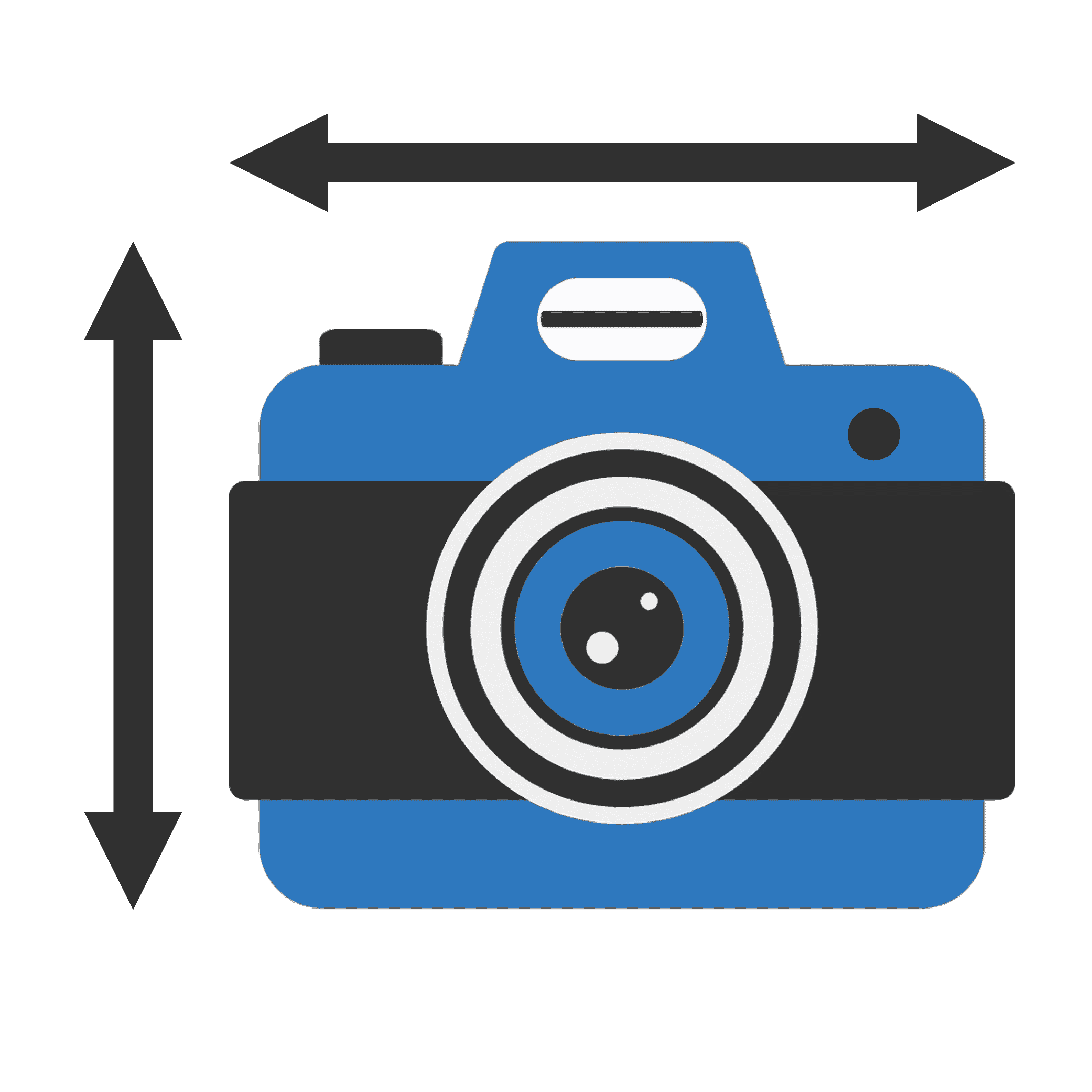Nikon D6
Release date: 2019
Reviewed by

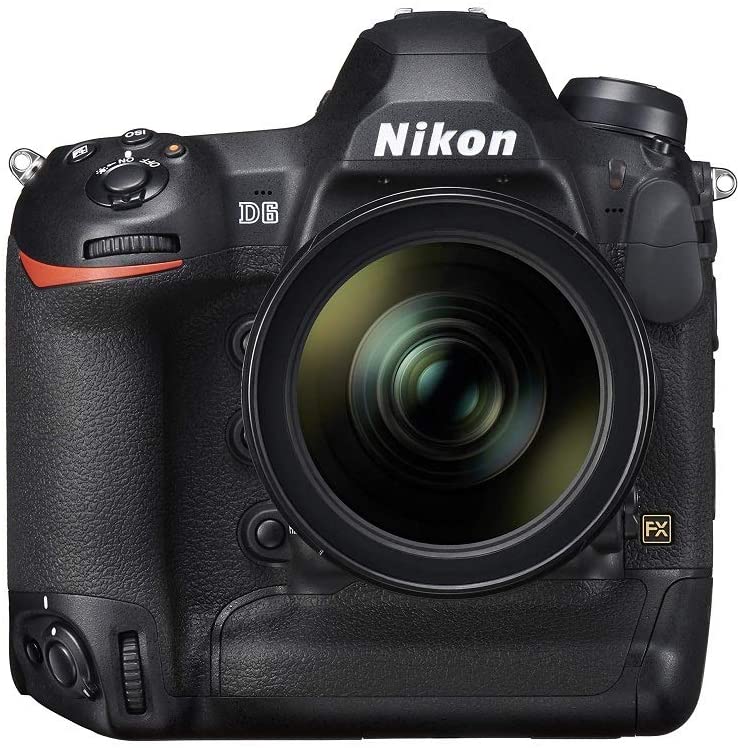
Key features
| Sensor Size: | Full Frame (35.9 x 23.9mm) |
| Megapixels: | 21 |
| Lens Mount: | Nikon F |
| LCD Size (inches): | 3.2 |
| ISO Range: | 100 - 102400 |
| Frames Per Second: | 14 |
| Auto Focus Points: | 105 |
| Video Resolution: | 3840x2160 (30p/?25p/?24p) |
| Battery Life: | 3580 shots |
| Weight: | 1270 g (2.80 lb / 44.80 oz) |
| Size: | 160 x 163 x 92 mm (6.3 x 6.42 x 3.62) |
| Price: | $$$ |
Great for:



Body Type: DSLR Camera
Based on some of the key specifications of the Nikon D6 and our review, we found that this camera is best for the following uses: Sports & Action, Portraits, Low Light
BestPhotographyGear is a participant in the B&H Photo and Amazon Services LLC Associates Programs, an affiliate advertising program designed to provide a means for sites to earn advertising fees by advertising and linking to Amazon.com and B&H.com.
As an Amazon and B&H Associate I earn from qualifying purchases.
Spec Summary
|
|
XQD / CFexpress |
|
|

|
|
|
14 |
|
|

|
|
|
105 |
|
|

|
|
|

|
|
|

|
How the Nikon D6 Compares
Sensor Size Comparison
The Nikon D6 has a Full Frame sensor. The color, contrast, noise, and clarity of your images are dependent on the sensor and pixel quality. So we address these specs in more detail.
Be sure to review the Crop Factor since that is important for the lenses you select.

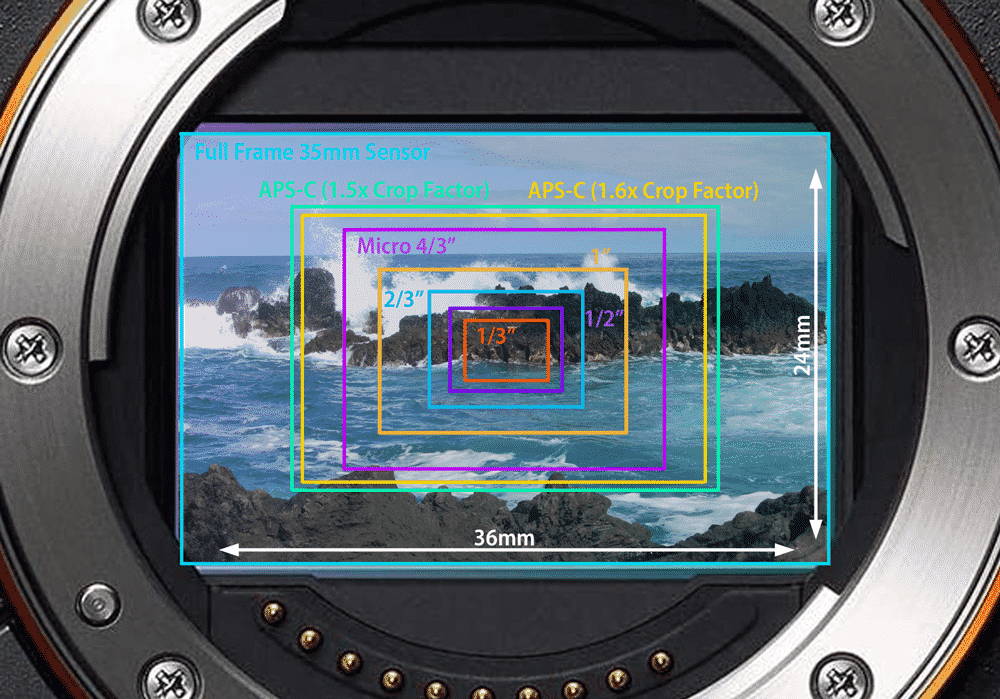
Nikon D6 Sensor: Full Frame (35.9x23.9mm)
Resolution and Image Print Size
Here's the best resolution you can expect from the Nikon D6. Image resolution is a reference of the amount of image detail your pictures will hold, here measured as pixel dimensions. Higher resolution images will contain more pixels. As you can see in the comparison image below, to be considered as High Definition (HD) you'd need at least 1920x1080 pixels, or 2.1 megapixels. For images with 4K you'd need at least 4096x2160 pixels, which would be at least 8.3 megapixels.
Best Digital Resolution for Nikon D6
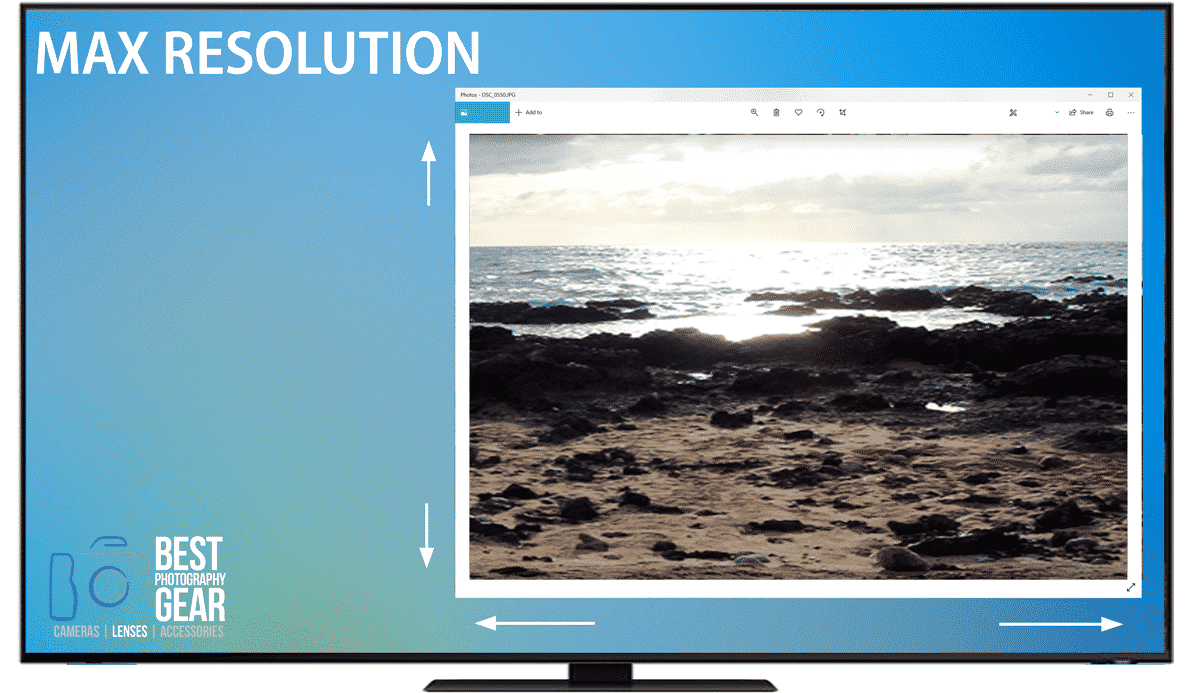 5568 px
5568 px
Largest Recommended Print Size for Nikon D6

Maximum High Resolution Print Size (300 dpi)
When it comes to printing out your images for clients or family and friends the best printing quality is at least 300 DPI. You can think of DPI, or "dots per inch", as how many ink droplets are contained within a square inch of your print.
Based on the resolution of the Nikon D6 the image below shows the largest recommended print size, in order to preserve the best image quality of your photo. When determining the maximum print size we assume you are starting with an image at the full resolution of the camera. Many factors go into print quality, including whether you've cropped your image, which also reduces the print size based on how much you crop the image.
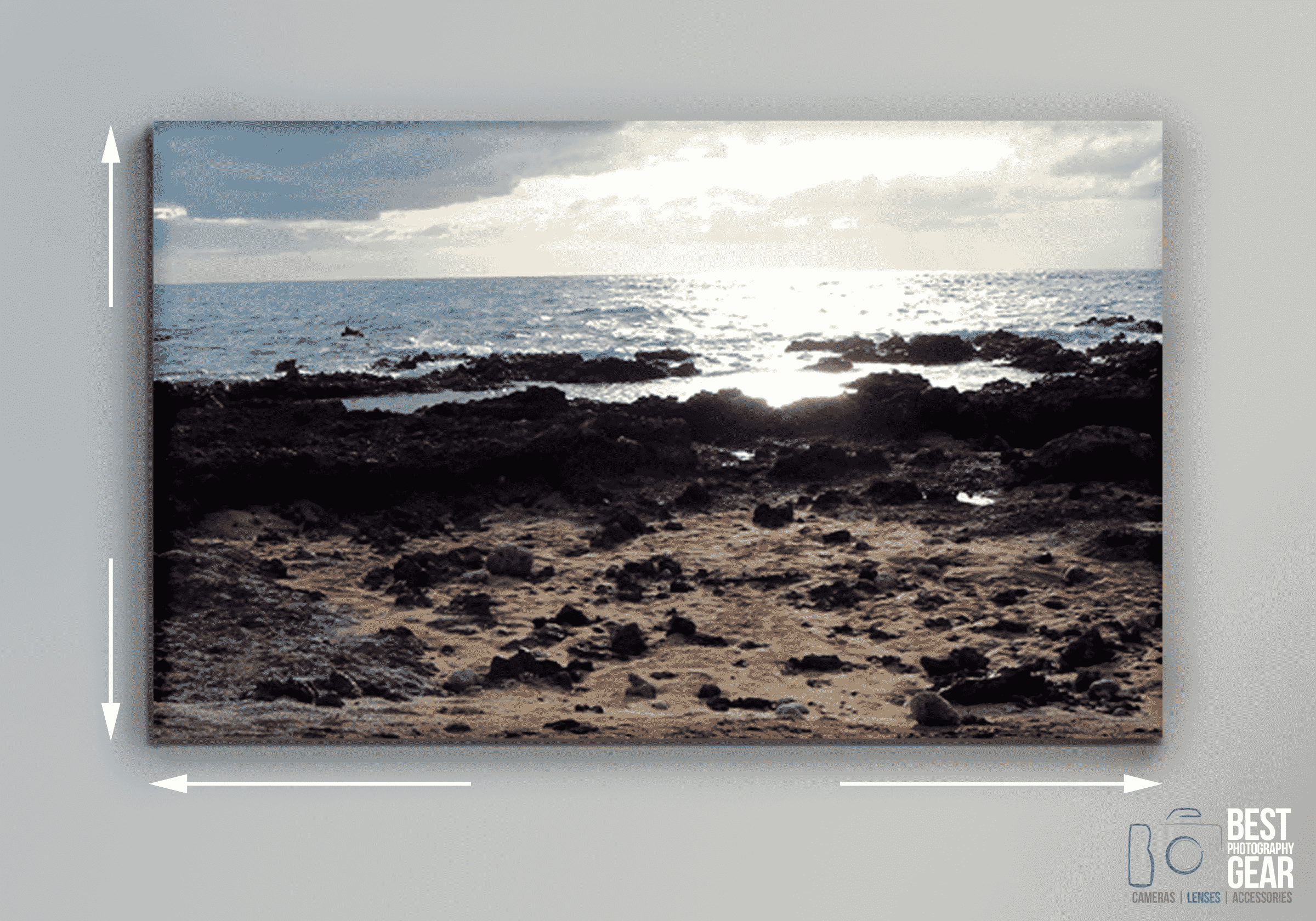 18.6”
18.6”
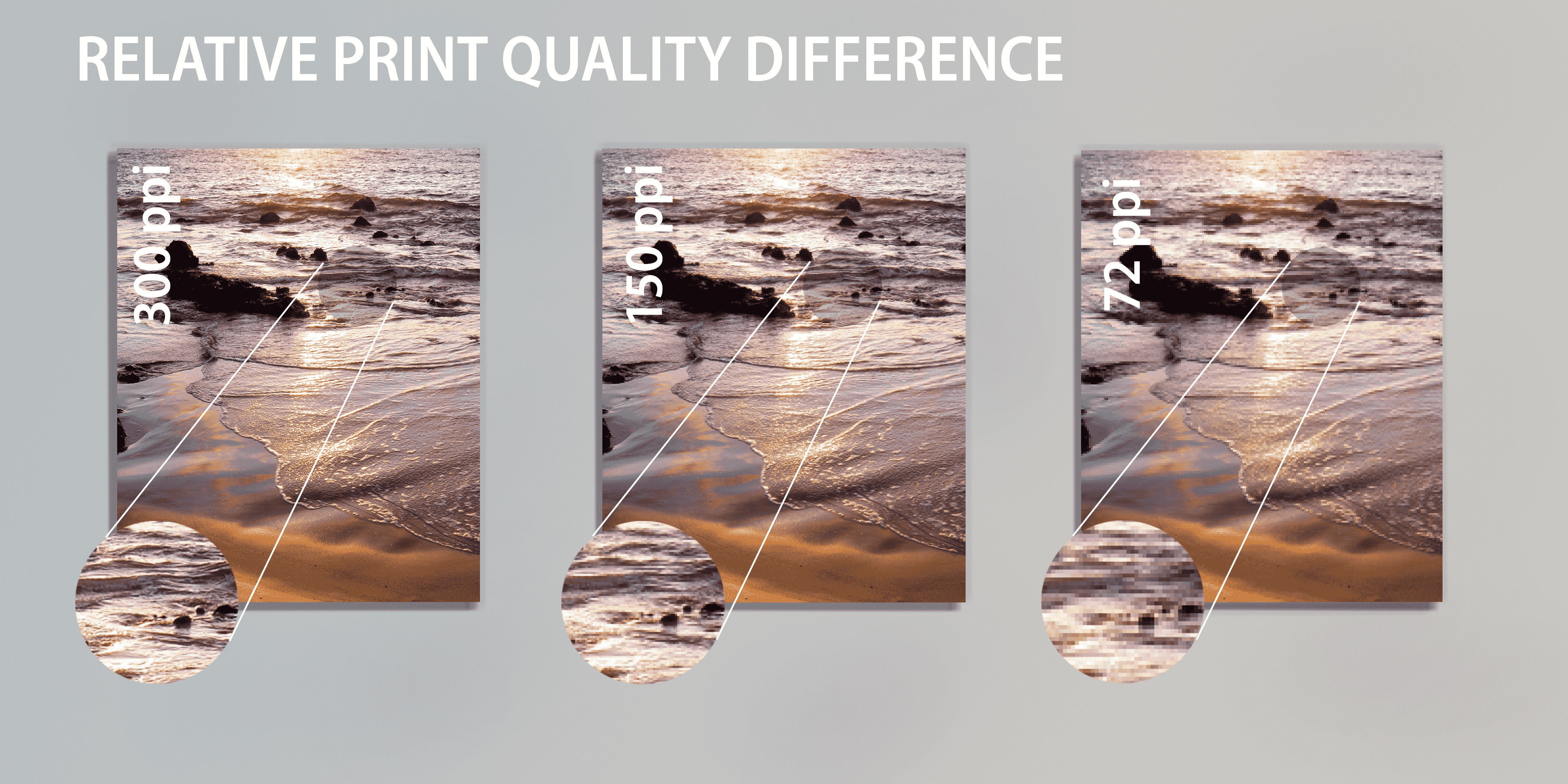
Nikon D6 Pixel Size
After sensor size, pixel size is an important characteristic related to image quality. For a given sensor size larger size pixels on a camera sensor are generally better at sensing light and contrast.
This generally translates into less noise in your image. It is also a related aspect to a camera’s low light or indoor performance. The Nikon D6 has a calculated pixel size of 6.45 microns.
Nikon D6 Size Comparison
The Nikon D6 measures out to 160 x 163 x 92 mm (6.3 x 6.42 x 3.62). Remember to account for any lenses or other accessories you might pair with your camera to figure out an overall size.
 6.3" wide
3.62" deep
6.3" wide
3.62" deep
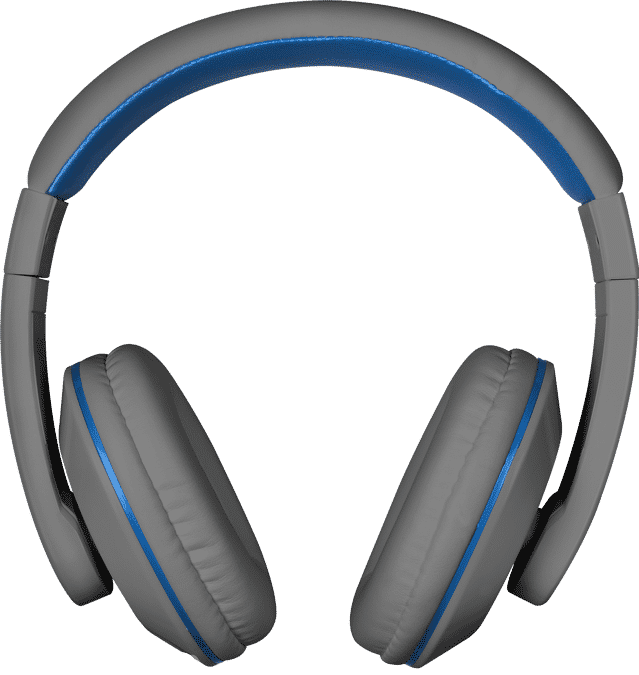 7.27” wide
3.2” deep
7.27” wide
3.2” deep
Nikon D6 Weight Comparison
This is how the Nikon D6 measures up to other common portable electronics. For portability also take a look at the size in the section above.
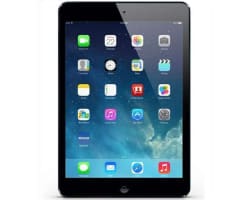
 0.5 lbs
0.5 lbs

 2.8 lbs
2.8 lbs
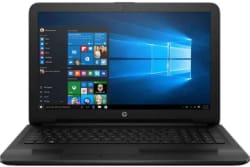
 4 lbs
4 lbs
Nikon D6 Battery Life Estimates
If you’re wondering how long your camera battery will last, the CIPA rating for the Nikon D6 is 3580 shots.
In order to put this into context we’ve provided an hour estimate based on common uses. This is meant to be a general guideline and will fluctuate based on the camera features you’re using, such as video or continuous focus.
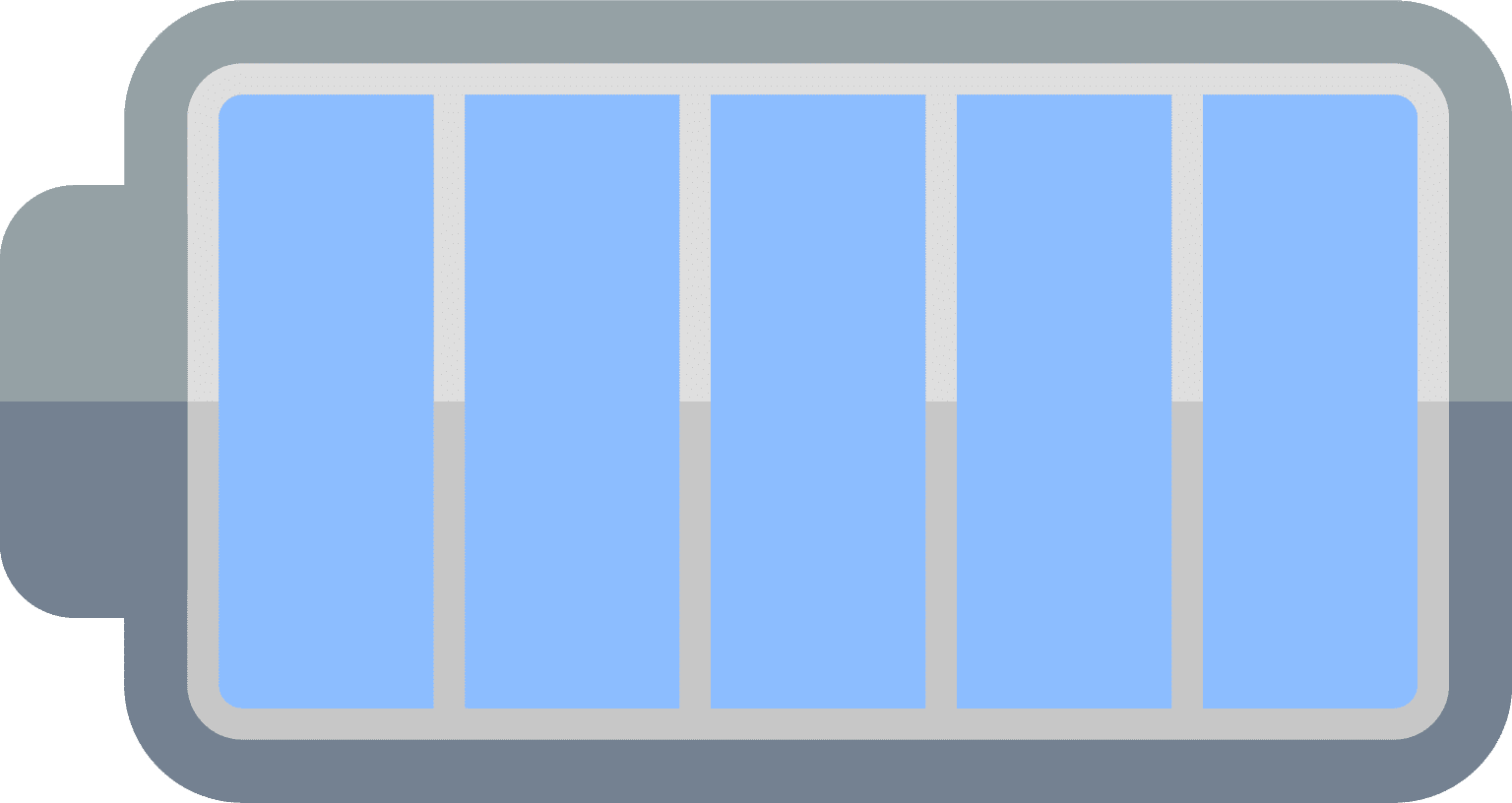 EN-EL18c
EN-EL18c
How long before next charge?
Everyday Shooting

How long before next charge?

119.33 hours
* This rating is based on an estimate of 30 photos an hour.Photoshoot or Studio Shooting
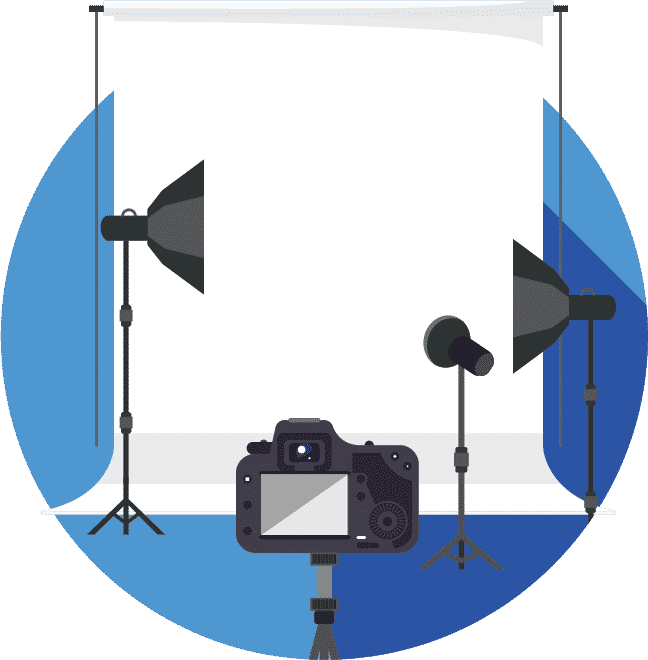
How long before next charge?

14.32 hours
* This rating is based on an estimate of 250 photos an hour. Many photographers will take less but this will cover even those that are trigger happy.Nikon D6 Specs
Sensor
|
|
21 |
 Sensor Type
Sensor Type
|
CMOS |
|
|
Full Frame |
 Crop factor
Crop factor
|
1 |
|
|
Fixed |
|
|
No |
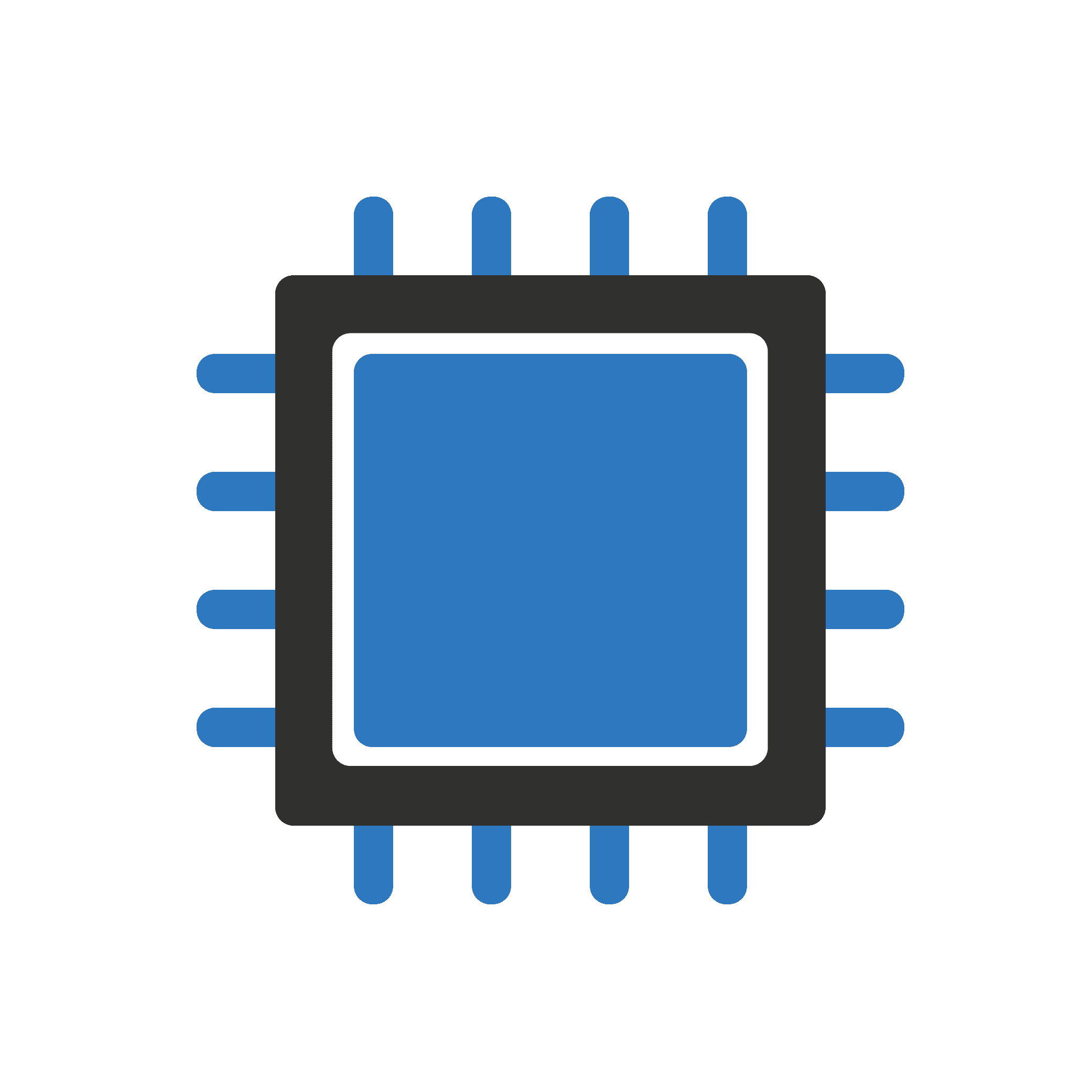 Processor
Processor
|
Expeed 6 |
 Lens Mount
Lens Mount
|
Nikon F |
Image
|
|
100 - 102400 |
|
|
50 - 3280000 |
|
|
900 sec |
|
|
1/8000 sec |
|
|
Yes |
|
|
No |
|
|
1/250 |
Display
|
|
3.2 |
 LCD Resolution
See more details when looking at your rear LCD screen
LCD Resolution
See more details when looking at your rear LCD screen
|
2359000 |
|
|
Yes |
 Viewfinder Type
Pentaprism design results in better viewfinder quality
Viewfinder Type
Pentaprism design results in better viewfinder quality
|
Optical (pentaprism) |
|
|
0.72× |
|
|
1 |
|
|
No |
|
|
Yes |
|
|
Yes |
Connections & Storage
|
|
XQD / CFexpress |
|
|
No UHS support |
|
|
No |
|
|
No |
|
|
Yes |
|
|
Yes |
|
|
Yes |
|
|
Yes |
|
|
USB 3.2 Gen 1 (5 GBit/sec) |
Video
|
|
3840x2160 (30p/?25p/?24p) |
 Video Format
Video Format
|
MPEG-4, H.264 |
Speed
|
|
14 |
|
|
105 |
|
|
No |
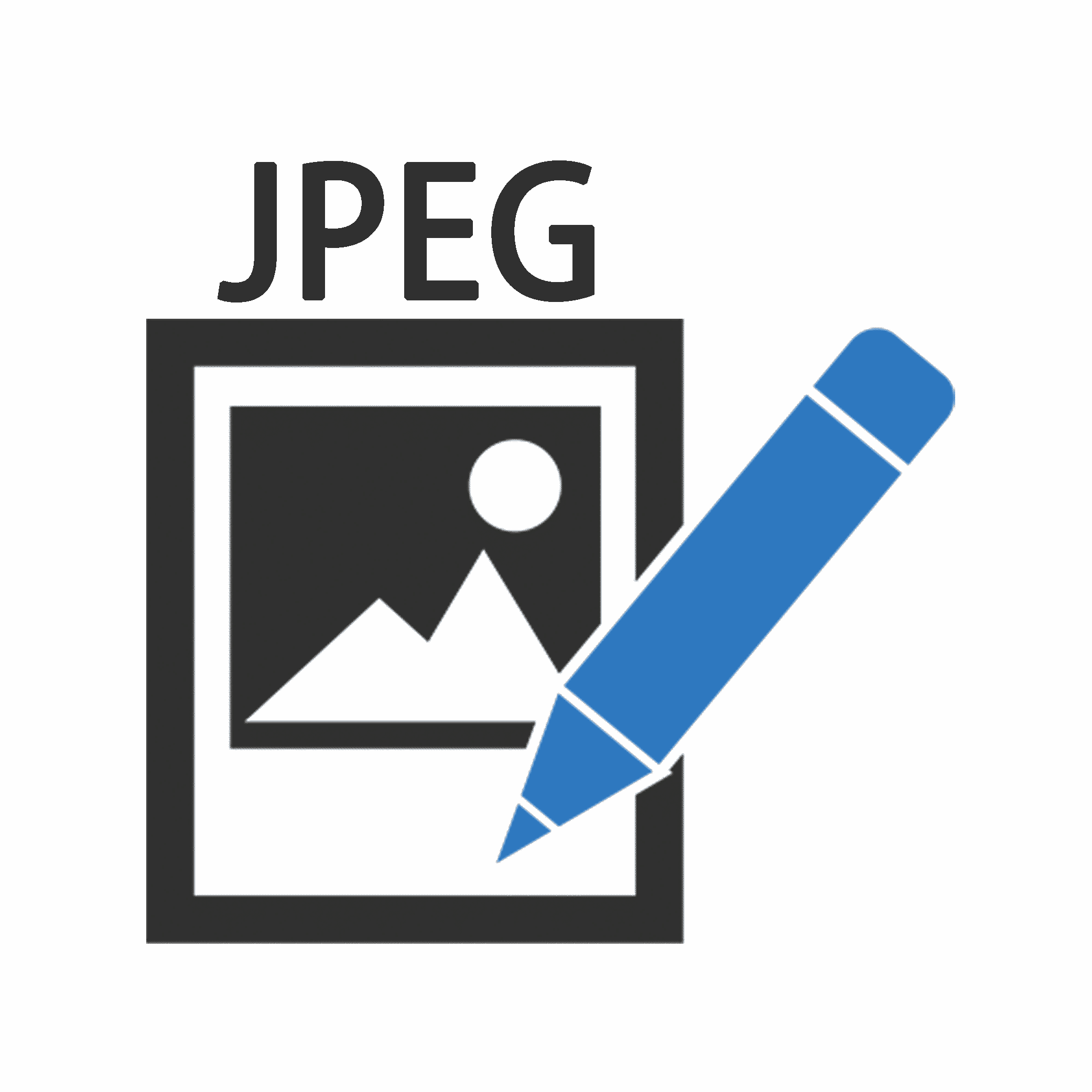 JPEG Buffer
You can take more JPEG shots before having to wait for the buffer to empty
JPEG Buffer
You can take more JPEG shots before having to wait for the buffer to empty
|
|
 RAW Buffer
You can take more RAW shots before having to wait for the buffer to empty
RAW Buffer
You can take more RAW shots before having to wait for the buffer to empty
|
Body & Battery
Have any Questions?
If you're considering whether to purchase the Nikon D6 and have any questions we're happy to help. We also provide buying advice for Nikon D6 lenses and accessories, so feel free to reach out and ask us if your not quite sure what to get.
Nikon D6 Specifications Table
| Megapixels | 21 |
| Sensor Type | CMOS |
| Sensor Size | Full Frame |
| Crop factor | 1 |
| AA Filter | Fixed |
| Body Stabilization | No |
| Processor | Expeed 6 |
| Lens Mount | Nikon F |
| ISO Range | 100 - 102400 |
| Expanded ISO Range | 50 - 3280000 |
| Minimum Shutter Speed | 900 sec |
| Maximum Shutter Speed | 1/8000 sec |
| Bulb Mode | Yes |
| Built-in Flash | No |
| Flash Sync Speed | 1/250 |
| LCD Size (inches) | 3.2 |
| LCD Resolution | 2359000 |
| Touch Screen | Yes |
| Viewfinder Type | Optical (pentaprism) |
| Viewfinder Magnification | 0.72× |
| Viewfinder Coverage | 1 |
| Articulating LCD | No |
| Top LCD Screen | Yes |
| Focus Peaking | Yes |
| Memory Card Slot | XQD / CFexpress |
| UHS Support | No UHS support |
| Wi-Fi | No |
| NFC | No |
| GPS | Yes |
| Bluetooth | Yes |
| Microphone Jack | Yes |
| HDMI | Yes |
| USB Type | USB 3.2 Gen 1 (5 GBit/sec) |
| Video Resolution | 3840x2160 (30p/?25p/?24p) |
| Video Format | MPEG-4, H.264 |
| Frames per Second | 14 |
| Auto Focus Points | 105 |
| Time Lapse | No |
| JPEG Buffer | |
| RAW Buffer | |
| Battery | EN-EL18c |
| Battery Life | 3580 shots |
| Environmentally Sealed | Yes |
| Weight | 1270 g (2.80 lb / 44.80 oz) |
| Size | 160 x 163 x 92 mm (6.3 x 6.42 x 3.62) |
| Price | $$$ |
Frequently Asked Questions for the Nikon D6
-
Does the Nikon D6 have in-body Image Stabilization?
The Nikon D6 includes: No Image Stabilization.
-
Does the Nikon D6 have Environmental Weather Sealing?
This model does have Weather Sealing.
-
Does the Nikon D6 have built-in GPS?
GPS for the location of your shot is included.
-
What is the Max ISO of the Nikon D6?
The Max ISO is 100 - 102400. The expanded ISO range will give you 50 - 3280000.
-
What is the Sensor Size of Nikon D6?
The Nikon D6 features a Full Frame sensor.
-
Does the Nikon D6 have a Touch Screen?
This camera model does have a touch screen.
-
How many frames per second (fps) can the Nikon D6 shoot?
This camera is rated for 14 fps.
-
What is the Weight of Nikon D6?
This camera weighs 1270 g (2.80 lb / 44.80 oz);
-
What are the Dimensions of Nikon D6?
This camera's dimensions are 160 x 163 x 92 mm (6.3 x 6.42 x 3.62);
-
What kind of memory card slots are on the Nikon D6?
The Nikon D6 works with XQD / CFexpress memory cards.

